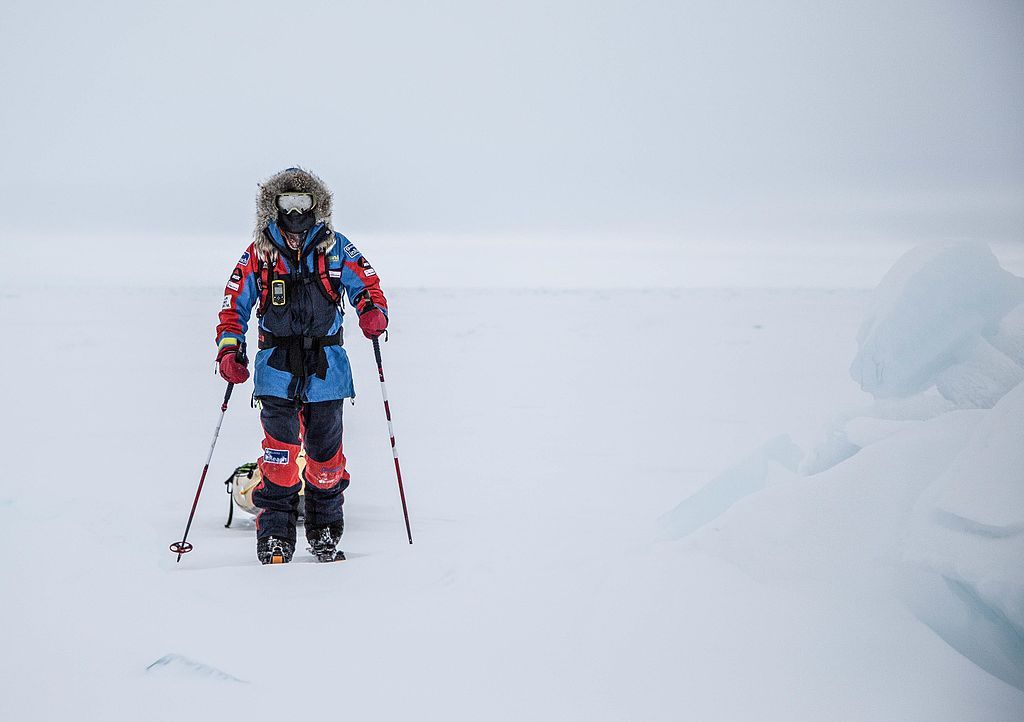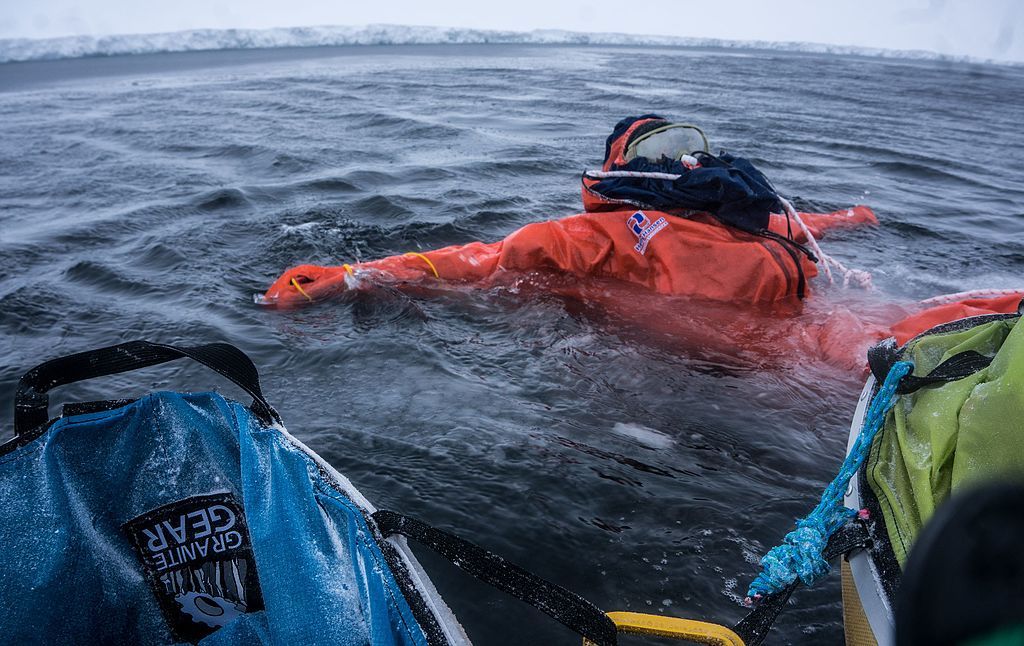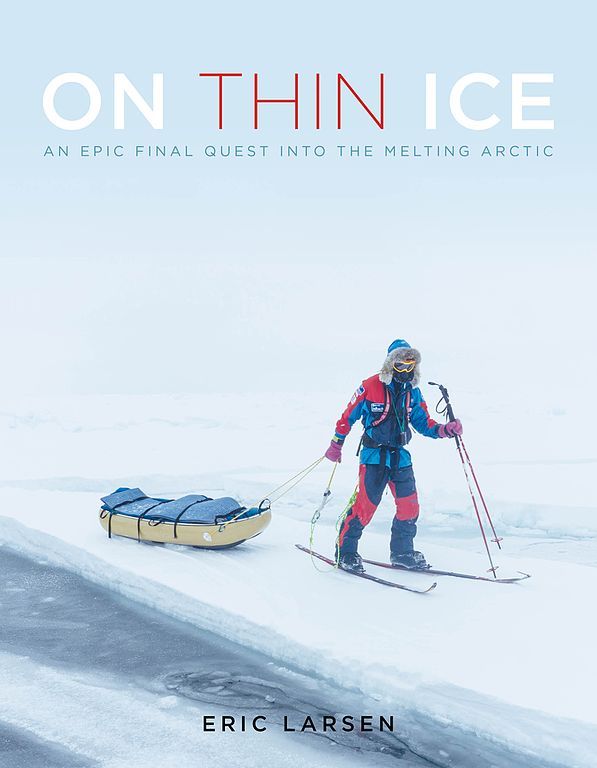
If you’re going to walk to the North Pole, February is the month to start. The sea ice is at maximum thickness, the weather is slightly less harsh, and you still have enough time to get there before the spring thaw. Or do you?
The North Pole is all water, covered by the Arctic Ocean which is covered by sea ice. Explorers can get there on foot in about 50 days — unassisted and without re-supplies — if the ice holds. However, climate change is warming the Arctic faster than anywhere else on Earth. The ice doesn’t hold anymore.
The last unsupported trek to the North Pole was completed six years ago.
In 2014, Eric Larsen and his partner, Ryan Waters, skied, walked, and swam 480 nautical miles from Cape Discovery on Canada’s Ellesmere Island to the North Pole, lugging all of their supplies with them on sleds.
— National Geographic: Are North Pole expeditions a thing of the past?

Seven weeks later as they approached their goal the ice was breaking up.
When Larsen and Waters were just 33 feet from the North Pole, the ice under their feet was drifting away from the pole faster than they could walk. So they ran. On May 6, 2014, they reached the North Pole, becoming the 46th and 47th people to complete such a trek unsupported.
— National Geographic: Are North Pole expeditions a thing of the past?
Fortunately they didn’t have to walk back. A small Canadian airline that used to support these treks picked them up at the North Pole. Afterward, the airline announced it would no longer support North Pole expeditions.
Eric Larsen explains why in an interview about his 2016 book On Thin Ice: An Epic Final Quest Into the Melting Arctic.
“It’s hard to describe, but the character and the nature of the sea ice is different. From a scientific perspective, the thickness of the ice is much less, so it’s much thinner, and the overall extent is less. So the icepack has shrunk,” he explains. “It definitely hit this real exponential change from 2010 to 2014.”
— Explorer … explains how the Arctic is vanishing before our eyes
Another polar explorer, Sebastian Copeland, tried to make an unsupported trek in 2017 but it was too late. He had to stop before he got there.
Six years after the last possible trek to the North Pole we’re still amazed by climate change.
(photos from Wikimedia Commons; click on the caption to see the originals)
